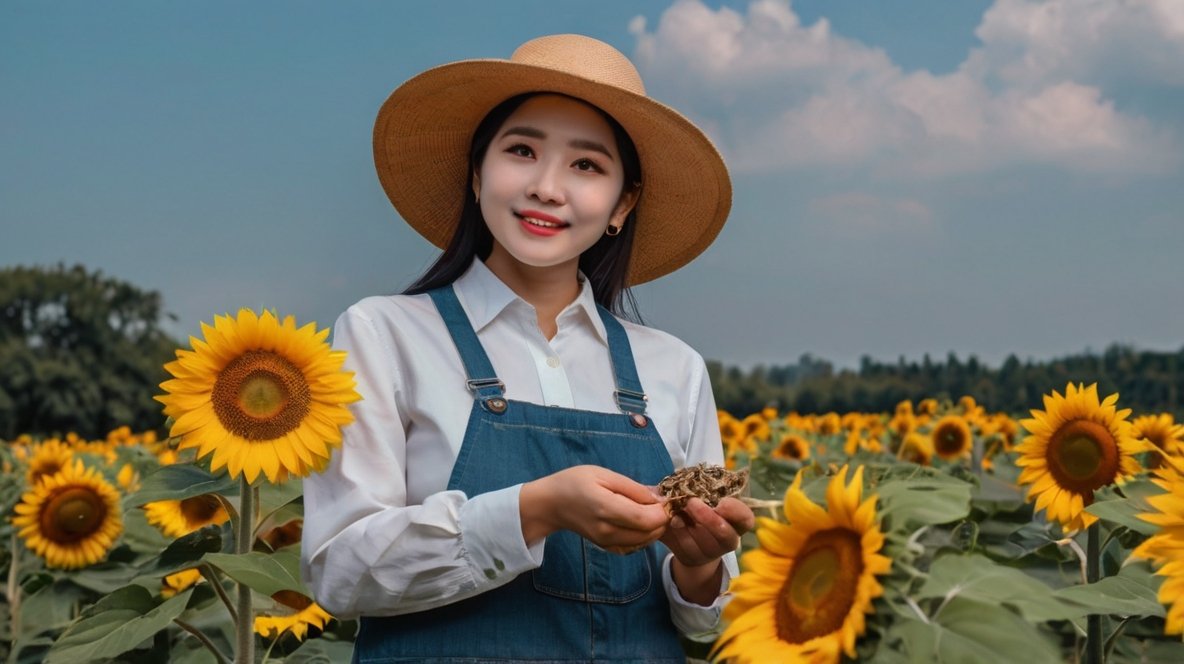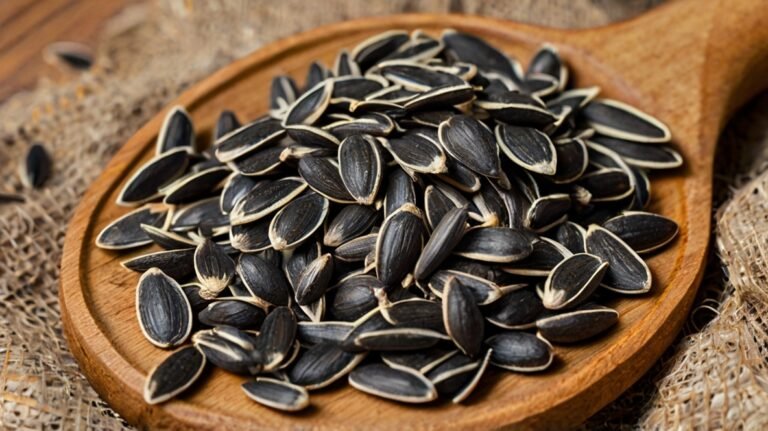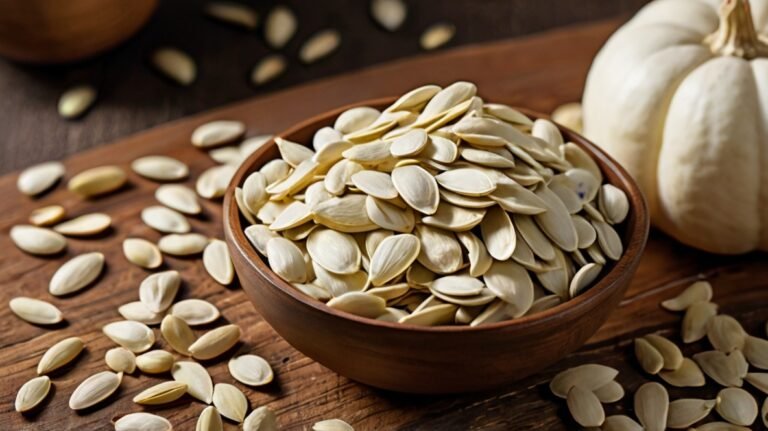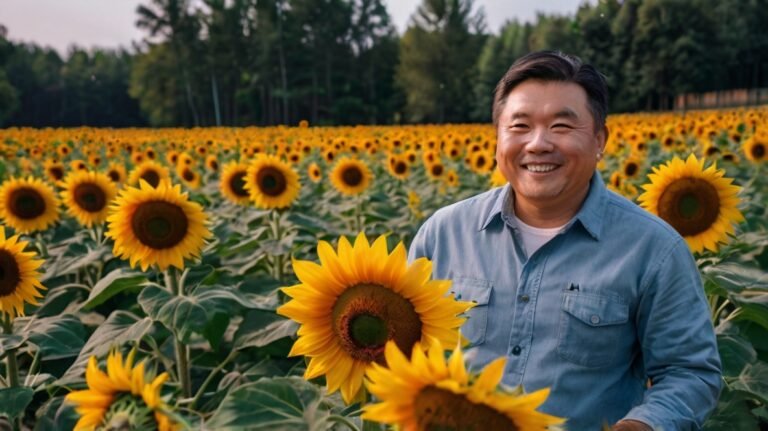As experts in premium sunflower seeds, XingYi Trading knows that timing is everything when it comes to harvesting. Whether you're growing sunflowers for personal use or considering commercial cultivation, understanding the perfect moment to harvest is crucial for optimal seed quality. Let's explore the key indicators and methods to determine the right time for harvesting sunflower seeds.

1. Visual Cues: The Sunflower’s Transformation
The appearance of the sunflower head provides valuable clues about seed readiness.
Key indicators:
- Back of the flower head turns from green to yellow
- Florets in the center of the flower disk fall off
- Bracts (green leaves behind the flower) turn brown
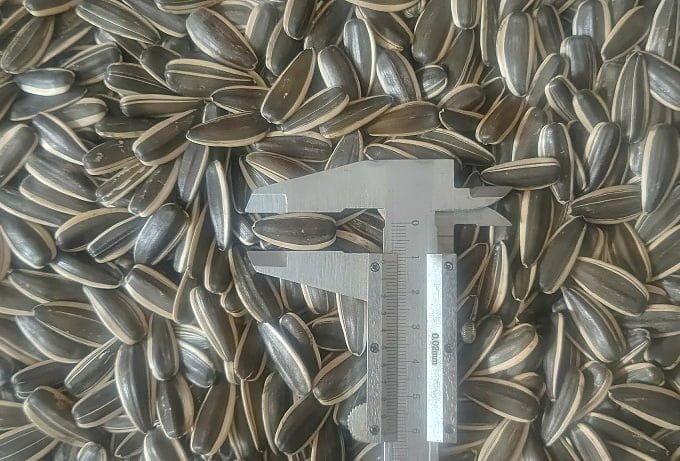
Our Premium 363 Sunflower Seeds are harvested at the peak of ripeness, ensuring optimal flavor and nutritional value.
2. Seed Appearance: Color and Firmness
Examine the seeds themselves for signs of maturity:
| Seed Characteristic | Indication of Readiness |
|---|---|
| Color | Black or striped, depending on variety |
| Firmness | Hard when pressed with thumbnail |
| Plumpness | Seeds fill out their hulls |
Learn more about different sunflower seed varieties and their unique characteristics on our website.
3. Moisture Content: The Scientific Approach
For commercial growers, moisture content is a crucial factor:
- Ideal moisture content: 30-35% for harvesting
- Use a seed moisture meter for accurate readings
- Harvest when majority of seeds reach optimal moisture level
Our Tongqing No. 6 Sunflower Seeds are carefully monitored for perfect moisture content before harvesting.
4. Time Frame: Counting the Days
While not foolproof, the days-to-maturity can guide your harvesting schedule:
- Most varieties mature 70-100 days after planting
- Keep track of planting date and expected maturity
- Adjust based on local climate and growing conditions
For more information on growing sunflowers from seeds, visit our dedicated page.
5. Wildlife Activity: Nature’s Harvest Alarm
Increased bird activity can signal that seeds are ready:
- Cover flower heads with breathable material if birds become problematic
- Consider harvesting slightly early if wildlife pressure is high
Remember, timely harvesting ensures you get to enjoy the nutritional benefits of sunflower seeds before local wildlife does!
6. Seed Sampling: The Taste Test
Periodically sample seeds to assess readiness:
- Remove a few seeds from different parts of the head
- Seeds should have a nutty flavor and crisp texture
- Avoid bitter or soft seeds, indicating immaturity
Our 361 Premium Sunflower Seeds undergo rigorous quality checks to ensure perfect flavor and texture.
7. Weather Considerations: Racing Against Nature
Keep an eye on the forecast as harvest time approaches:
- Dry weather is ideal for harvesting
- Plan to harvest before heavy rains or frost
- Consider early harvest if adverse weather is expected
At XingYi Trading, we use advanced sunflower seed harvesting equipment to ensure timely and efficient harvests.
8. Post-Harvest Handling: Preserving Quality
Once harvested, proper handling is crucial:
- Dry seeds immediately to prevent molding
- Store in a cool, dry place
- Clean and sort seeds before storage or processing
Learn more about storing sunflower seeds to maintain their quality long after harvest.
Mastering the art of sunflower seed harvesting is a blend of science, experience, and careful observation. By paying attention to these key indicators, you can ensure that your sunflower seeds are harvested at the peak of perfection, whether you're growing for personal enjoyment or commercial production.
At XingYi Trading, we apply these principles on a large scale, using our expertise and advanced techniques to bring you the highest quality sunflower seeds. Our commitment to perfect timing in harvesting contributes to the exceptional flavor and nutritional value of our products.
Whether you're interested in sunflower seeds for cooking, skincare, or health benefits, starting with properly harvested seeds makes all the difference.
Explore our range of premium sunflower and pumpkin seeds at XingYi Trading – your trusted source for top-quality seeds since 2014. Whether you're a home gardener or a commercial grower, understanding the art of harvesting is key to enjoying the full potential of these golden seeds. Happy harvesting!

